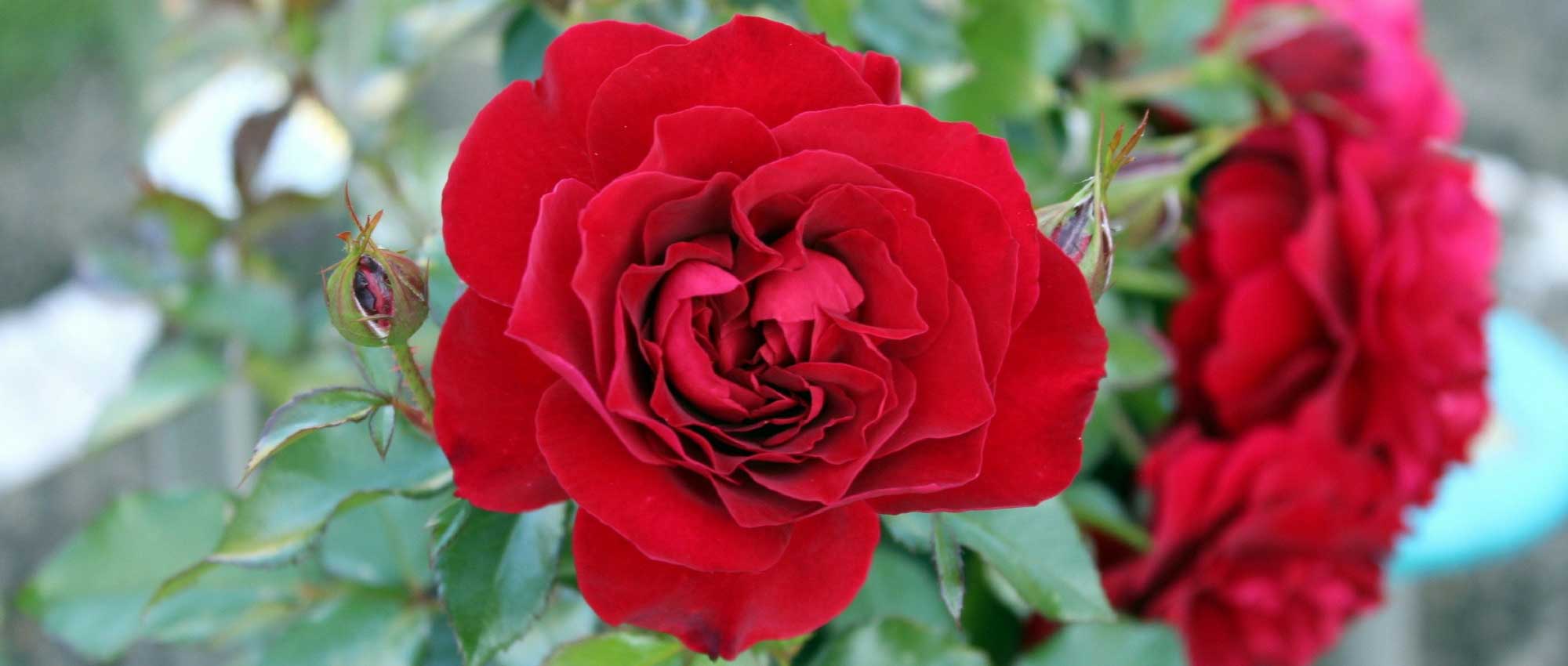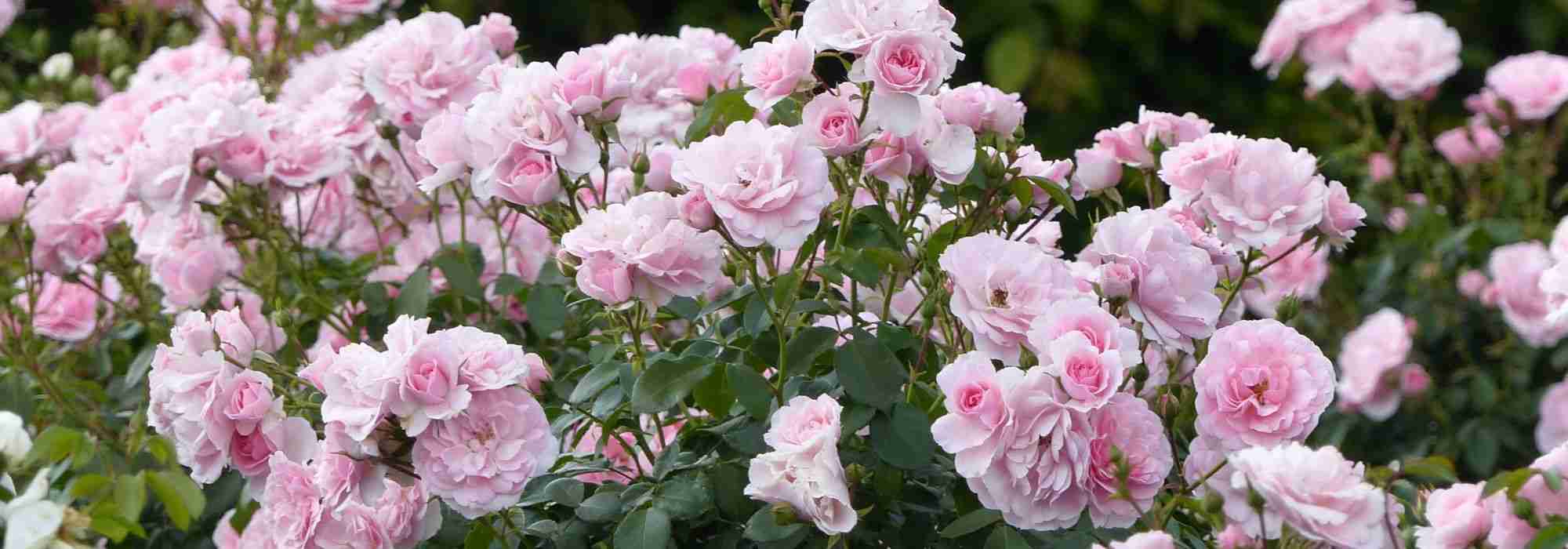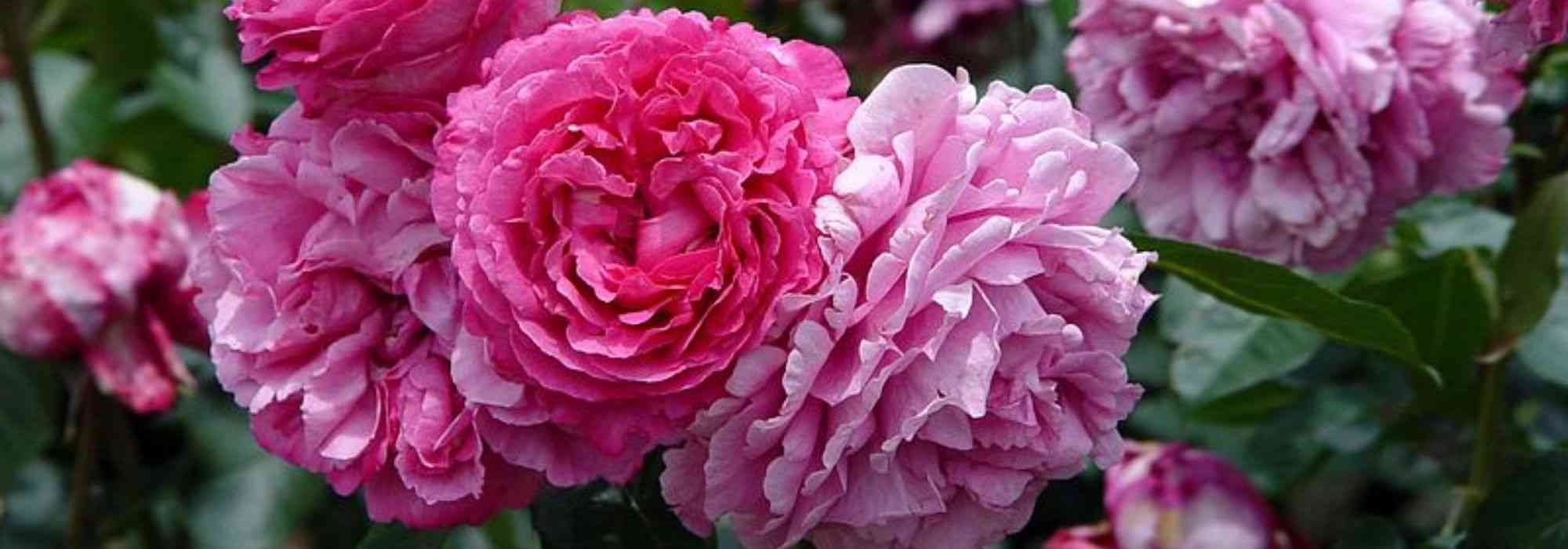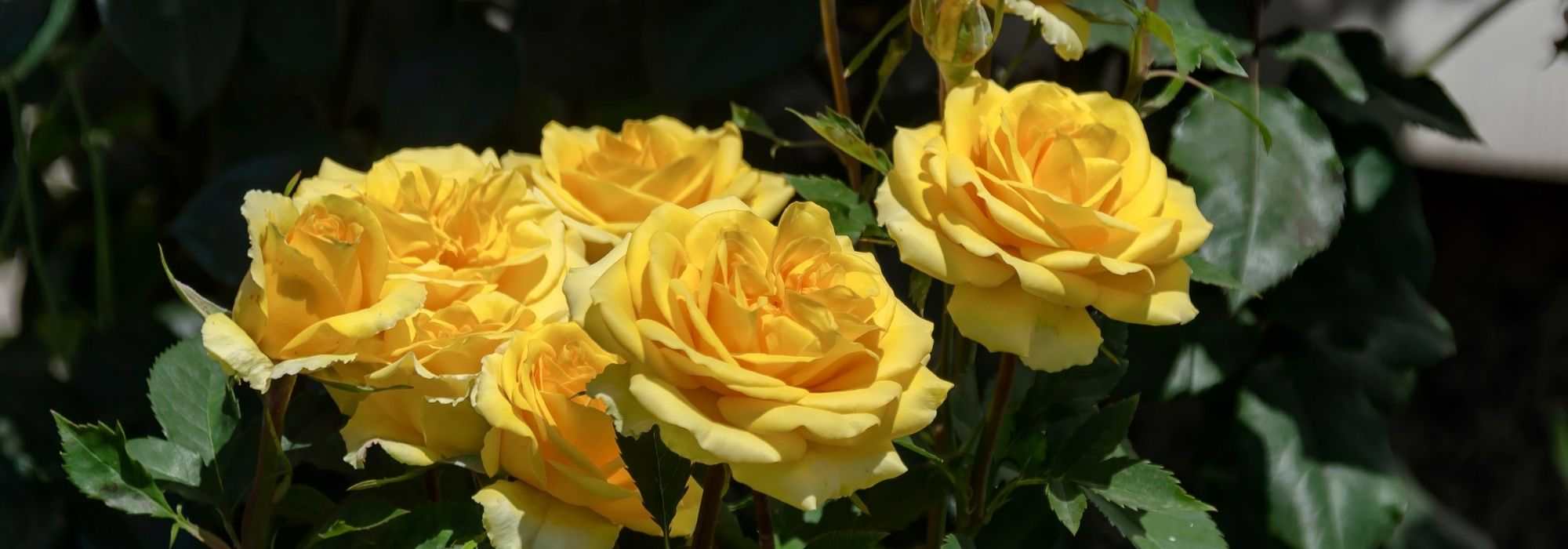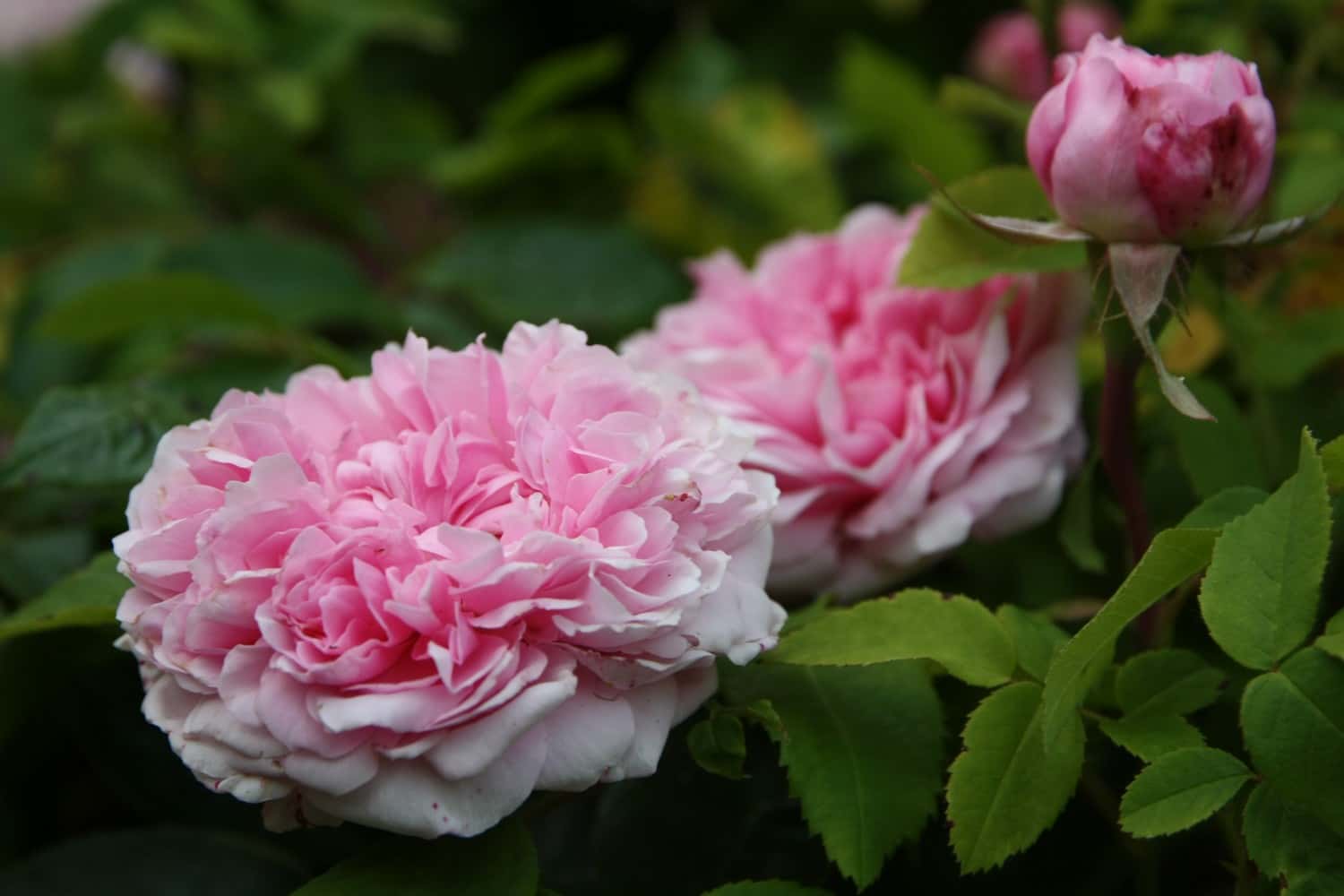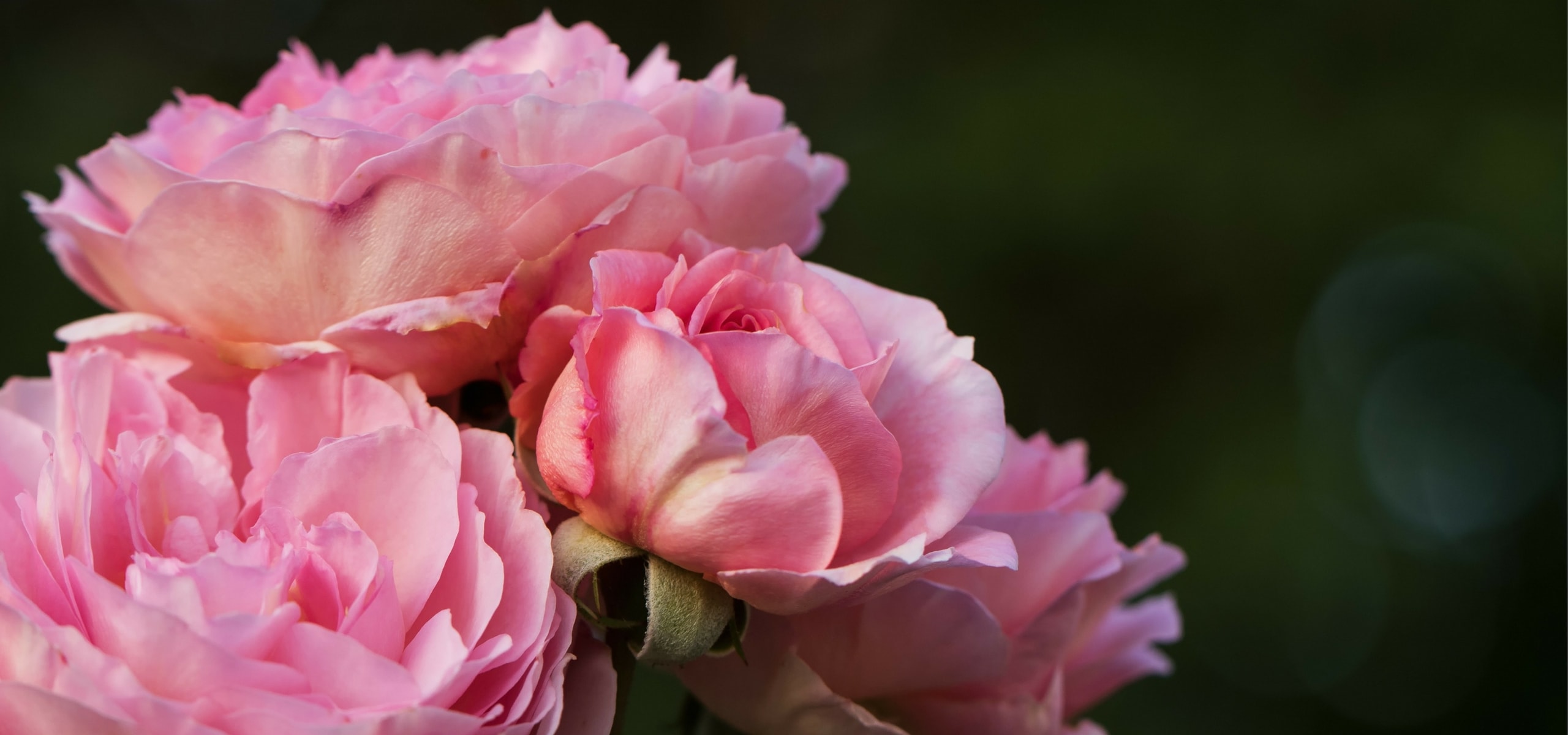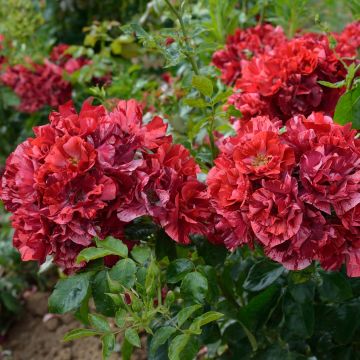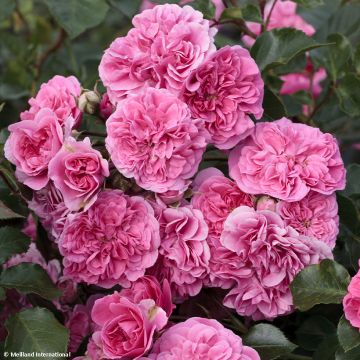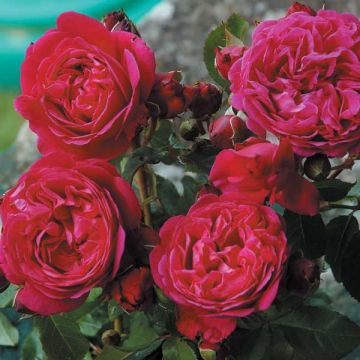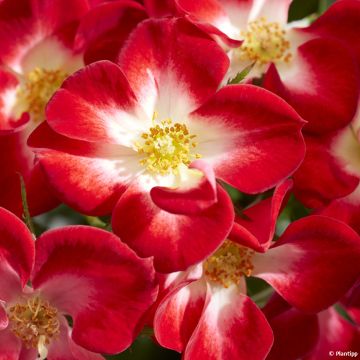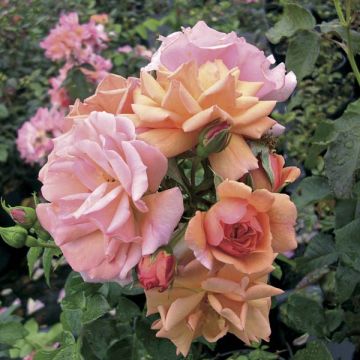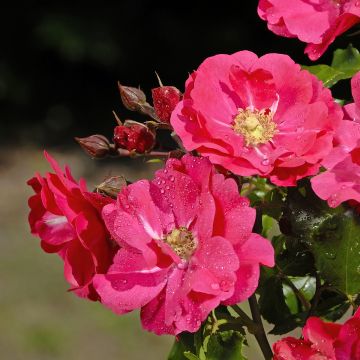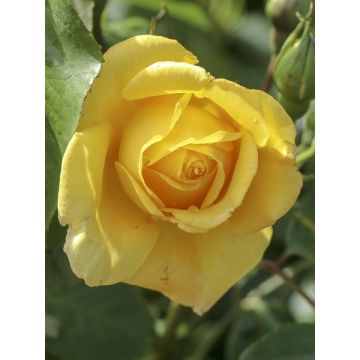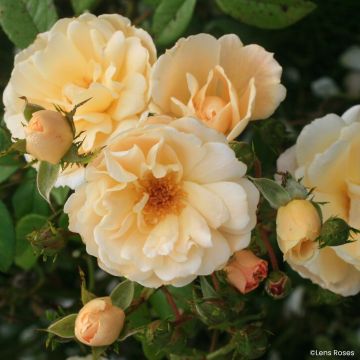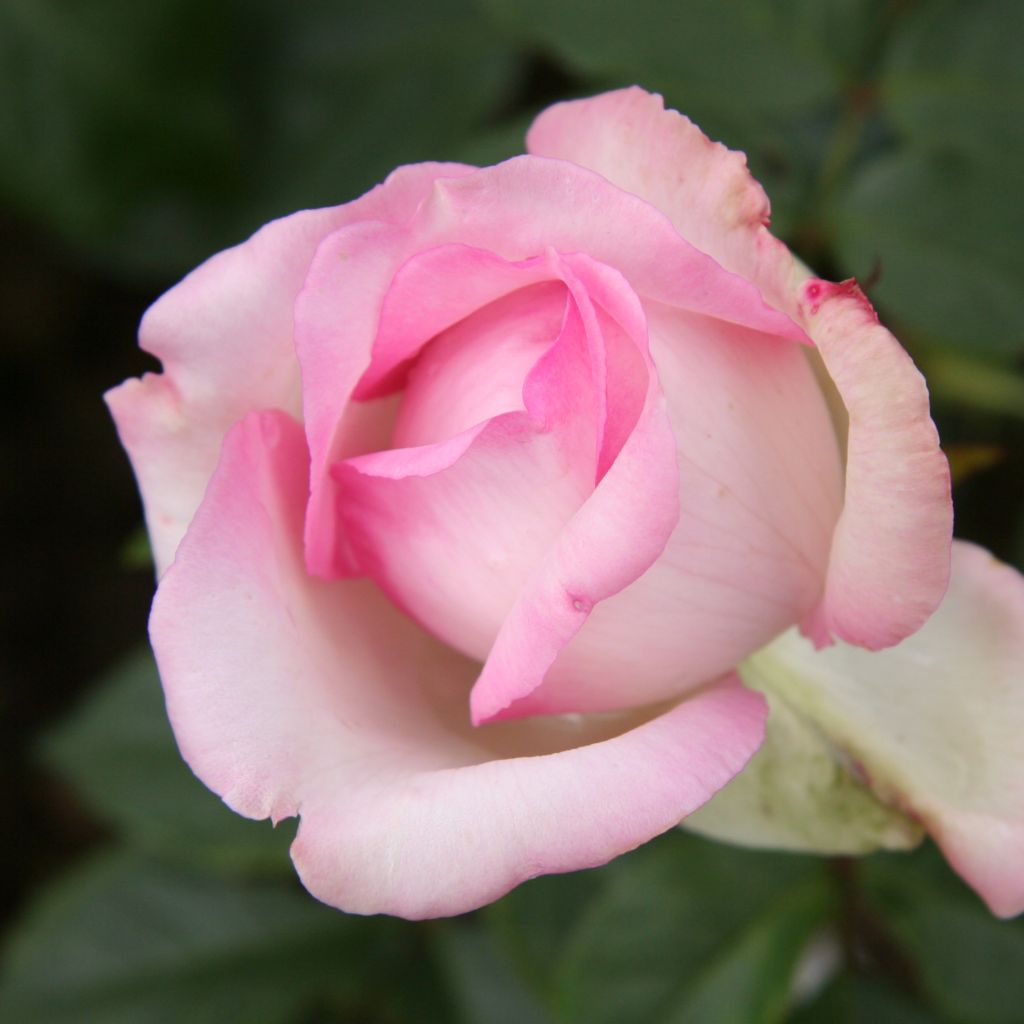

Rosa 'Honoré de Balzac' - Hybrid Tea Rose
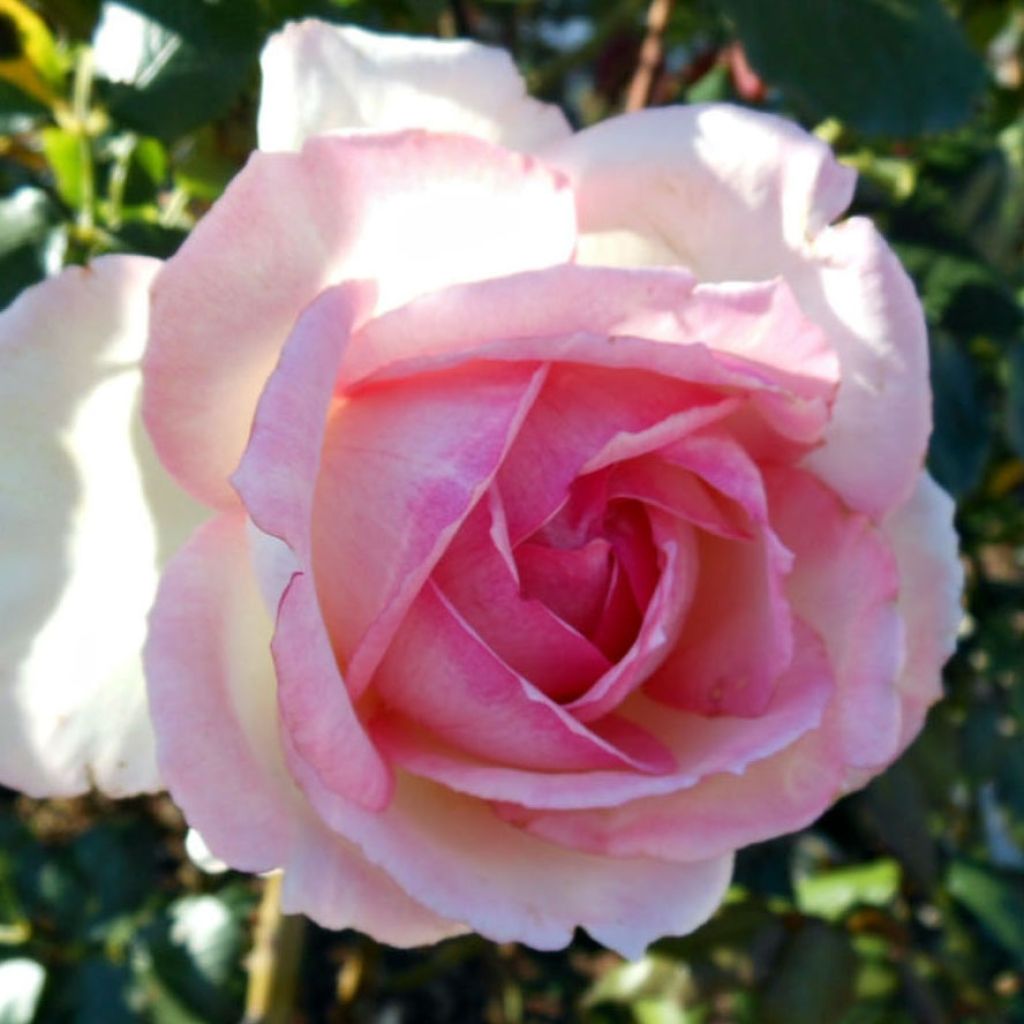

Rosa 'Honoré de Balzac' - Hybrid Tea Rose
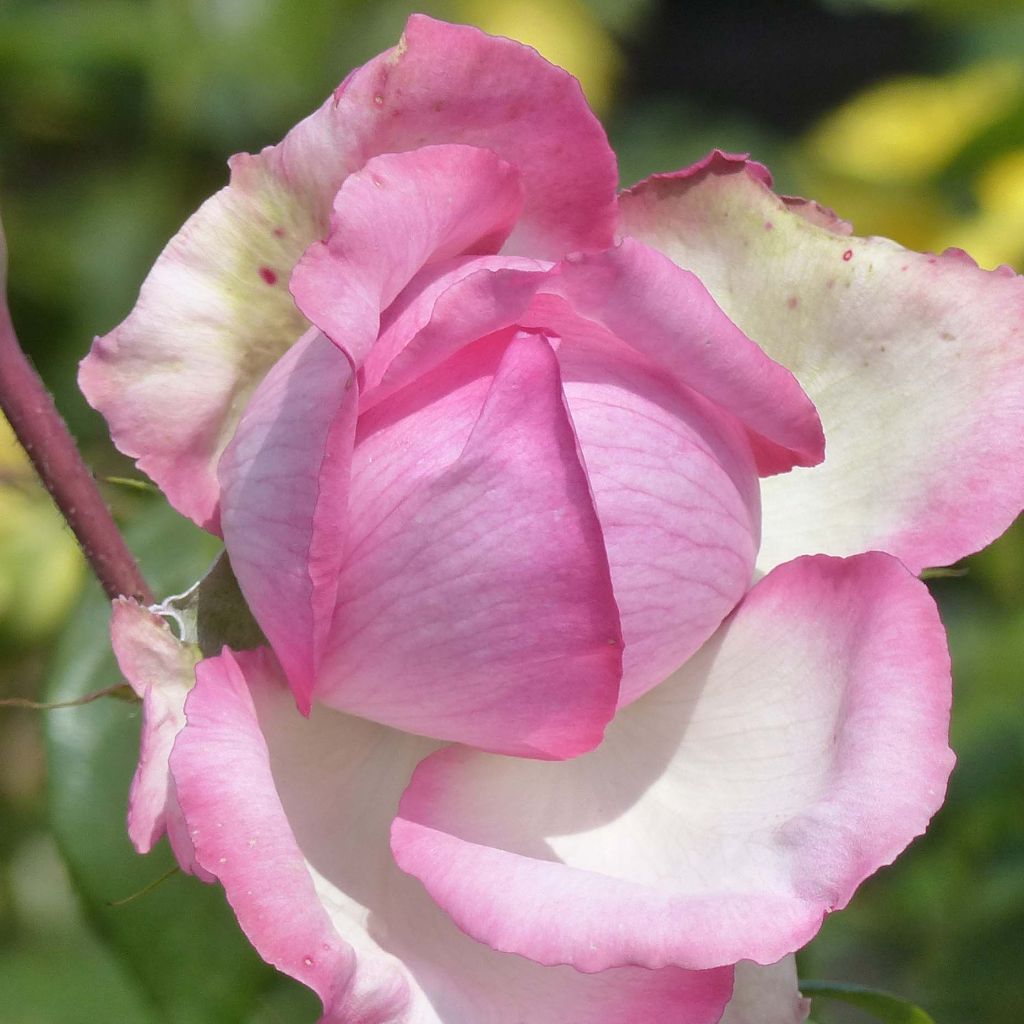

Rosa 'Honoré de Balzac' - Hybrid Tea Rose
Rosa 'Honoré de Balzac' - Hybrid Tea Rose
Rosa Honore de Balzac ® Meiparnin
Meiparnin
The roses are always splendid! Honore de Balzac is very beautiful - I planted it in the ground a few days ago - it's growing well and will soon bloom..... give it time..... roses are always beautiful! Why doesn't Promesse de Fleurs have such lovely Clematis? Initially, they are beautiful but poorly packaged...... what a shame...... a long-time customer of Promesse de Fleurs." Analysis: - "qqes" should be "a few" - "pzs" should be "not" - "mzis" should be "but" - "......" should be "..." - "dommage" should be "what a shame" - "promesse de fleurs" should be "Promesse de Fleurs" (capitalized) - "une vieille cliente" should be "a long-time customer
Simone, 02/08/2022
Special offer!
Receive a €20 voucher for any order over €90 (excluding delivery costs, credit notes, and plastic-free options)!
1- Add your favorite plants to your cart.
2- Once you have reached €90, confirm your order (you can even choose the delivery date!).
3- As soon as your order is shipped, you will receive an email containing your voucher code, valid for 3 months (90 days).
Your voucher is unique and can only be used once, for any order with a minimum value of €20, excluding delivery costs.
Can be combined with other current offers, non-divisible and non-refundable.
We guarantee the quality of our plants for a full growing cycle, and will replace at our expense any plant that fails to recover under normal climatic and planting conditions.
Description
The Honoré de Balzac' Rose is a variety from the Romantica series created by Meilland, perfectly combining old roses' grace and touching beauty with the floribundity and resistance of modern roses. This upright bush produces enormous roses, spherical, well double, but wildly romantic in their crinoline of cream-white silk embroidered with light carmine pink. They go as far as perfuming themselves with a subtle aroma of ripe peaches. The resistance and floribundity of this rose were rewarded with a silver medal in Saverne in 1992. To offer or to receive, to bring a touch of nostalgia to borders, or even on its own.
The 'Honoré de Balzac' or 'Meiparnin' is a modern hybrid tea obtained in 1997 by the rose breeder Meilland. This relatively upright bush reaches about 1 metre (3 feet) in height and 80 to 90 cm (32 to 35in) in width at maturity, with rapid growth. It produces stiff and strong branches with few thorns, with elegant medium green foliage that is slightly glossy and highly resistant to diseases if the growing conditions are correct. All summer, its large, fully double flowers, measuring 14 cm (6in) in diameter, arise from large pink buds that open into spherical roses divided into quarters, which open best under the sun and in a relatively warm climate. They are solitary or grouped in small bouquets of 2 or 3, carried at the end of long shoots from the current year or emerging from 2-year-old stems. Their original and fruity fragrance evokes the scent of ripe fruits.
'Honoré de Balzac', with its opulent and very "shabby chic" flowers, is a perfect rose for romantic borders and bouquets or planted on its own among low perennials such as violets, carnations, dwarf asters or aubrietas, for example, which will cover its slightly bare base after a few years. Of medium size, well bushy, it is ideal for planting on its own or in groups of 3. It blends well in borders with low flowering shrubs in summer or autumn or mixed with light perennials and annuals. Well showcased in front of a boxwood or yew hedge or surrounded by a miniature hedge, it evokes an Italian or French garden. Above all, it is a generous rose that can also be placed near the house to enjoy its fragrance. The Romantica series of roses offers many possibilities for combinations, for example, by planting 'Allegro' (purple rose), 'Palais Royal' (white) and 'Auguste Renoir' (Bengal rose) side by side.
.
Rosa 'Honoré de Balzac' - Hybrid Tea Rose in pictures
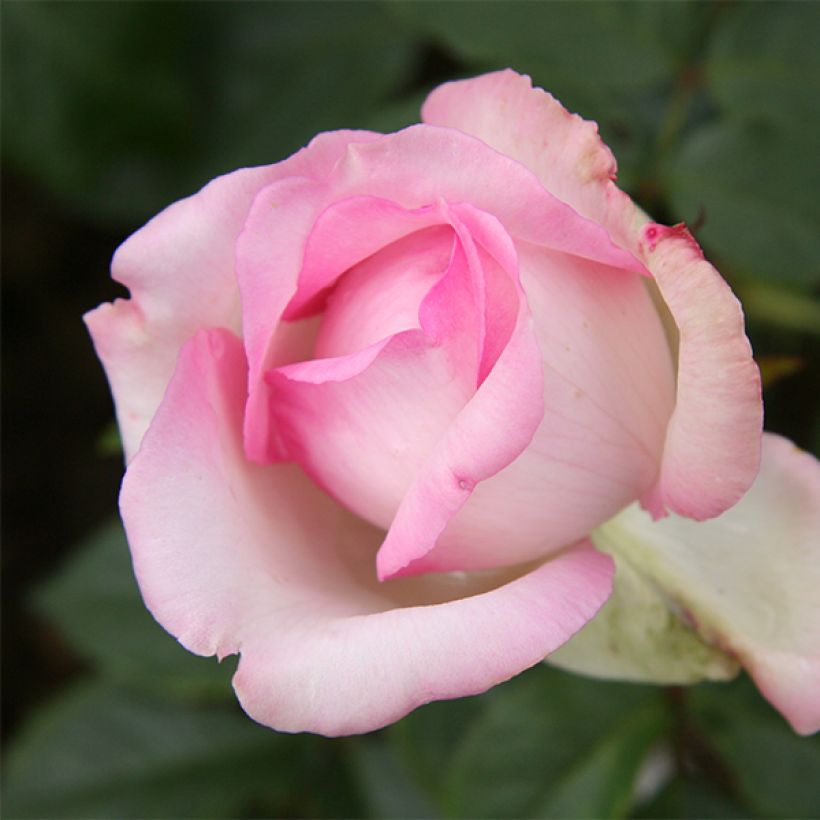

Plant habit
Flowering
Foliage
Botanical data
Rosa
Honore de Balzac ® Meiparnin
Rosaceae
Meiparnin
Cultivar or hybrid
Rosa canina Laxa (Wrapped bare root)
Planting and care
Planting your rose requires some preparation. Begin by working the soil to a depth of 25 cubic cm and adding a base amendment like blood, fish, and bone to the bottom of the planting hole. Remove the plant from its pot and position it by covering the top of the root ball with 3 cm (1in) of soil. Refill the hole and water generously to eliminate any air pockets. It's essential to water the rose regularly for a few weeks during dry weather to help the roots grow. Use a special rose fertiliser that stimulates plant flowering. Choose a sunny location or partial shade in very hot regions to plant your rose.
Roses may develop unsightly spots at the end of summer, but this is a natural occurrence and doesn't harm the rose's growth.
Planting period
Intended location
Care
Planting & care advice
-
, onOrder confirmed
Reply from on Promesse de fleurs
Similar products
Haven't found what you were looking for?
Hardiness is the lowest winter temperature a plant can endure without suffering serious damage or even dying. However, hardiness is affected by location (a sheltered area, such as a patio), protection (winter cover) and soil type (hardiness is improved by well-drained soil).

Photo Sharing Terms & Conditions
In order to encourage gardeners to interact and share their experiences, Promesse de fleurs offers various media enabling content to be uploaded onto its Site - in particular via the ‘Photo sharing’ module.
The User agrees to refrain from:
- Posting any content that is illegal, prejudicial, insulting, racist, inciteful to hatred, revisionist, contrary to public decency, that infringes on privacy or on the privacy rights of third parties, in particular the publicity rights of persons and goods, intellectual property rights, or the right to privacy.
- Submitting content on behalf of a third party;
- Impersonate the identity of a third party and/or publish any personal information about a third party;
In general, the User undertakes to refrain from any unethical behaviour.
All Content (in particular text, comments, files, images, photos, videos, creative works, etc.), which may be subject to property or intellectual property rights, image or other private rights, shall remain the property of the User, subject to the limited rights granted by the terms of the licence granted by Promesse de fleurs as stated below. Users are at liberty to publish or not to publish such Content on the Site, notably via the ‘Photo Sharing’ facility, and accept that this Content shall be made public and freely accessible, notably on the Internet.
Users further acknowledge, undertake to have ,and guarantee that they hold all necessary rights and permissions to publish such material on the Site, in particular with regard to the legislation in force pertaining to any privacy, property, intellectual property, image, or contractual rights, or rights of any other nature. By publishing such Content on the Site, Users acknowledge accepting full liability as publishers of the Content within the meaning of the law, and grant Promesse de fleurs, free of charge, an inclusive, worldwide licence for the said Content for the entire duration of its publication, including all reproduction, representation, up/downloading, displaying, performing, transmission, and storage rights.
Users also grant permission for their name to be linked to the Content and accept that this link may not always be made available.
By engaging in posting material, Users consent to their Content becoming automatically accessible on the Internet, in particular on other sites and/or blogs and/or web pages of the Promesse de fleurs site, including in particular social pages and the Promesse de fleurs catalogue.
Users may secure the removal of entrusted content free of charge by issuing a simple request via our contact form.
The flowering period indicated on our website applies to countries and regions located in USDA zone 8 (France, the United Kingdom, Ireland, the Netherlands, etc.)
It will vary according to where you live:
- In zones 9 to 10 (Italy, Spain, Greece, etc.), flowering will occur about 2 to 4 weeks earlier.
- In zones 6 to 7 (Germany, Poland, Slovenia, and lower mountainous regions), flowering will be delayed by 2 to 3 weeks.
- In zone 5 (Central Europe, Scandinavia), blooming will be delayed by 3 to 5 weeks.
In temperate climates, pruning of spring-flowering shrubs (forsythia, spireas, etc.) should be done just after flowering.
Pruning of summer-flowering shrubs (Indian Lilac, Perovskia, etc.) can be done in winter or spring.
In cold regions as well as with frost-sensitive plants, avoid pruning too early when severe frosts may still occur.
The planting period indicated on our website applies to countries and regions located in USDA zone 8 (France, United Kingdom, Ireland, Netherlands).
It will vary according to where you live:
- In Mediterranean zones (Marseille, Madrid, Milan, etc.), autumn and winter are the best planting periods.
- In continental zones (Strasbourg, Munich, Vienna, etc.), delay planting by 2 to 3 weeks in spring and bring it forward by 2 to 4 weeks in autumn.
- In mountainous regions (the Alps, Pyrenees, Carpathians, etc.), it is best to plant in late spring (May-June) or late summer (August-September).
The harvesting period indicated on our website applies to countries and regions in USDA zone 8 (France, England, Ireland, the Netherlands).
In colder areas (Scandinavia, Poland, Austria...) fruit and vegetable harvests are likely to be delayed by 3-4 weeks.
In warmer areas (Italy, Spain, Greece, etc.), harvesting will probably take place earlier, depending on weather conditions.
The sowing periods indicated on our website apply to countries and regions within USDA Zone 8 (France, UK, Ireland, Netherlands).
In colder areas (Scandinavia, Poland, Austria...), delay any outdoor sowing by 3-4 weeks, or sow under glass.
In warmer climes (Italy, Spain, Greece, etc.), bring outdoor sowing forward by a few weeks.






























